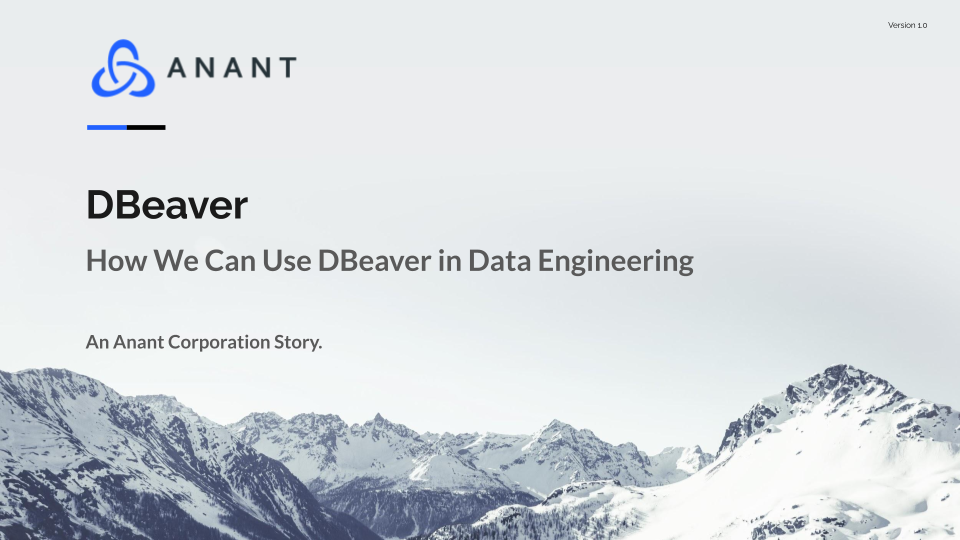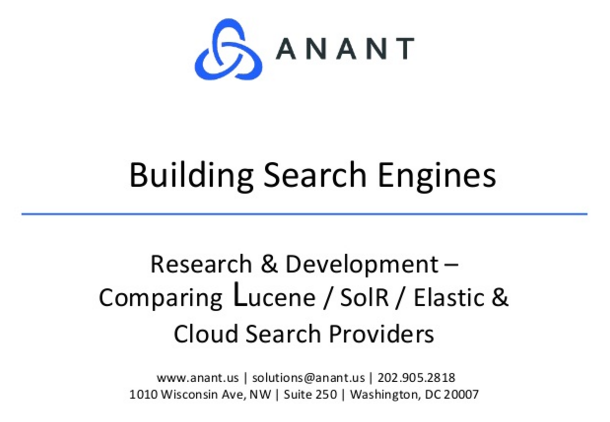In Data Engineer’s Lunch #34: DBeaver, we discussed what DBeaver is and how it can be used in data engineering. The live recording of the Data Engineer’s Lunch, which includes a more in-depth discussion, is also embedded below in case you were not able to attend live. If you would like to attend a Data Engineer’s Lunch live, it is hosted every Monday at noon EST. Register here now!
DBeaver
DBeaver is a GUI tool for connecting to and administering database servers. This blog post covers the community version. We will cover the enterprise version of DBeaver in a later post and how it can be used to administer NoSQL databases, particularly, Cassandra. We will also cover CloudBeaver, a web-based database management system in the future.
What is DBeaver?
As mentioned, it is a GUI tool for connecting to and administering databases. It is built on the Eclipse platform and all database drivers are written in Java. The community version of DBeaver comes with support for over 80 different databases.
Features
The community version works with a large number of databases such as MySQL, MariaDB, PostgreSQL, Oracle, SQL Server, and many more. Moreover, any databases which have a JDBC or ODBC driver will be compatible with DBeaver. As mentioned, the enterprise version includes support for NoSQL databases such as Cassandra, MongoDB, and Redis.
It allows the execution of SQL queries with syntax highlighting and auto-completion. In addition to this, it includes SQL script management that allows the saving and reusing of SQL queries.
Browse and edit data with a large number of different features to choose from depending on the database you have connected. Additionally, browsing and editing database structure and metadata with the GUI.
Generate DDL to create and modify database objects including tables, indices, and users.
Entity Relationship Diagrams, ERDs, are automatically rendered upon connecting to your database. I have found this feature particularly useful when thinking about my queries, especially joins.
DBeaver allows importing data via CSV files and exports data in the form of CSV, HTML, XML, JSON, XLS, or XLSX.
SSL support and backup data for MySQL and PostgreSQL databases.
Mock data generation for testing is available in the enterprise edition.
Use Cases
DBeaver makes our lives easier by allowing us to quickly view and modify our database schema. A user is able to add roles, tables, indices, etc… all from the ease of a GUI. Furthermore, because of the support provided to multiple SQL databases, transitions between different SQL databases are made much easier through the use of DBeaver. It eliminates the need to switch between multiple CLIs in order to view and edit different database schemas or data.
Resources
Cassandra.Link
Cassandra.Link is a knowledge base that we created for all things Apache Cassandra. Our goal with Cassandra.Link was to not only fill the gap of Planet Cassandra but to bring the Cassandra community together. Feel free to reach out if you wish to collaborate with us on this project in any capacity.
We are a technology company that specializes in building business platforms. If you have any questions about the tools discussed in this post or about any of our services, feel free to send us an email!







